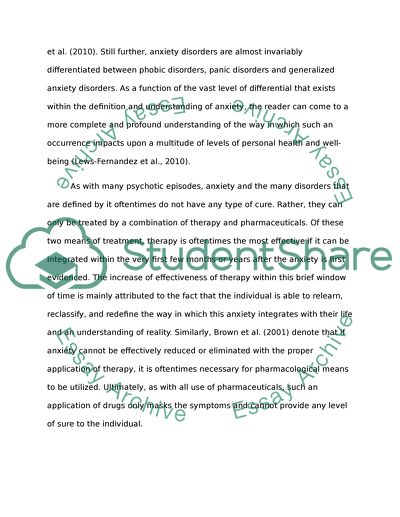Cite this document
(“Abnormal Psychology: Anxiety Disorders from DSM IV Essay”, n.d.)
Abnormal Psychology: Anxiety Disorders from DSM IV Essay. Retrieved from https://studentshare.org/psychology/1650292-abnormal-psychology-anxiety-disorders-from-dsm-iv
Abnormal Psychology: Anxiety Disorders from DSM IV Essay. Retrieved from https://studentshare.org/psychology/1650292-abnormal-psychology-anxiety-disorders-from-dsm-iv
(Abnormal Psychology: Anxiety Disorders from DSM IV Essay)
Abnormal Psychology: Anxiety Disorders from DSM IV Essay. https://studentshare.org/psychology/1650292-abnormal-psychology-anxiety-disorders-from-dsm-iv.
Abnormal Psychology: Anxiety Disorders from DSM IV Essay. https://studentshare.org/psychology/1650292-abnormal-psychology-anxiety-disorders-from-dsm-iv.
“Abnormal Psychology: Anxiety Disorders from DSM IV Essay”, n.d. https://studentshare.org/psychology/1650292-abnormal-psychology-anxiety-disorders-from-dsm-iv.


